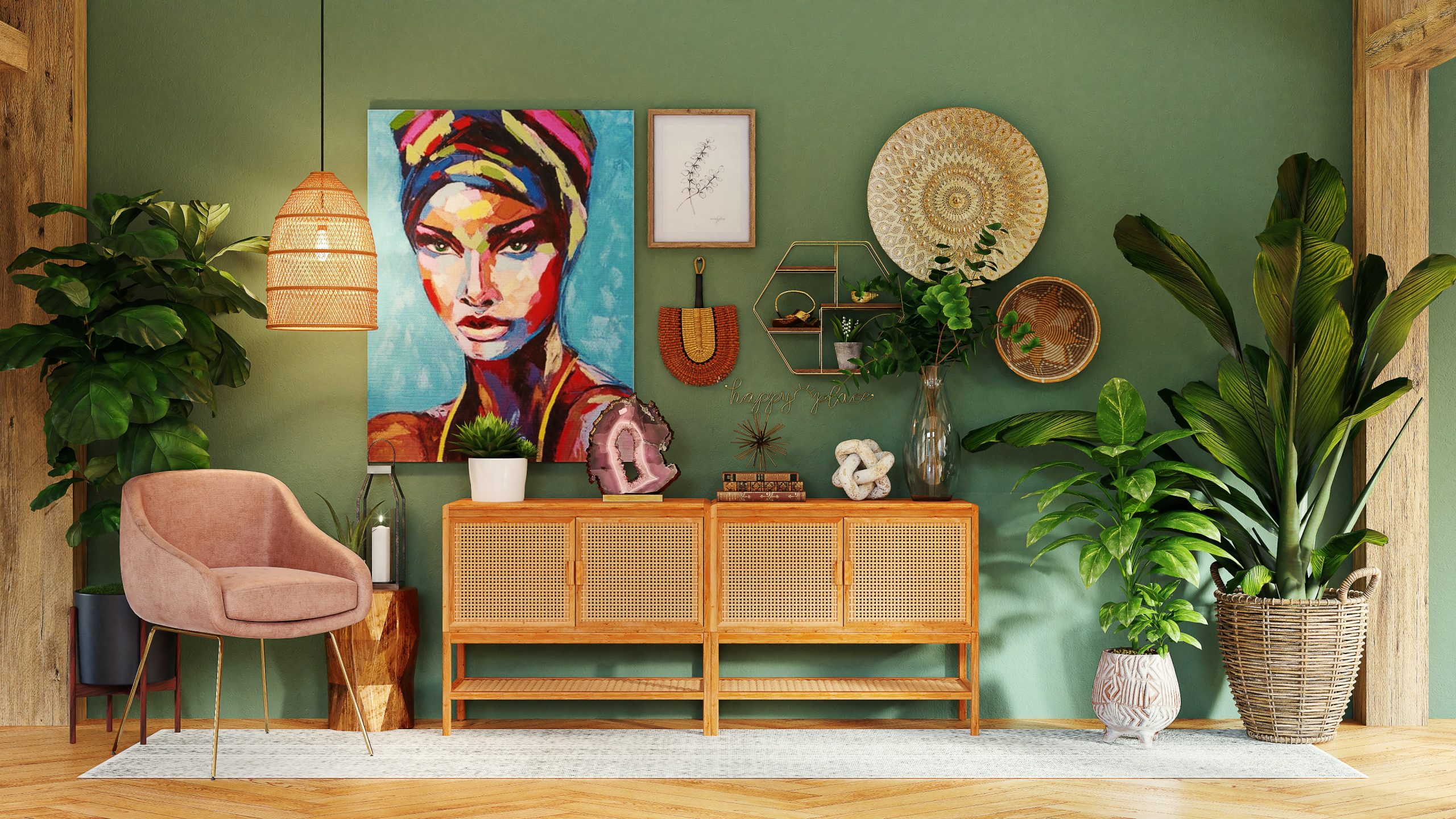Ah, the beautiful sideboard. The perfect way to make the home feel fancier for guests and the place to keep the good tableware so you don’t feel bad about your great aunt’s crystal glasses living in the attic. No longer needing to dig them out from some dark spot, pushed behind everything else, you can now have them displayed and ready to use when you want to impress.
But the sideboard has a lot to live up to.
Potentially your guests will be seeing inside the sideboard so it has to look neat. Worse, if you don’t organise it correctly, all your best tableware risks getting pushed to the back or muddled up. On top of that, you have to make sure everything is comfortably within reach. Even when your sideboard isn’t on display, you need to ensure it’s actually aiding you in your home.
So, how do you organise the sideboard?
First off, start with a blank slate. Let’s get it emptied and give it a quick clean before we start putting things back in their dust rings. If you have any liners in there, now is a good opportunity to clean them too, or purchase some new ones if they’ve seen better days. You will also want to clean everything that was in there.
Now, you have to make sure you know how to group items. Most likely you’re looking at:
- China
- Flatware
- Glassware
- Silverware
- Serving Platters
- Table Linens
- Miscellaneous (coasters, bottle openers, card deck, etc)
Take a look at your sideboard and divide your sections. We’ll cover these as we go through them.
Miscellaneous Items
Easily handled, these things go into the utility drawer. However, avoid just throwing them in. It’s easy to do, but consider you could take this time to invest in some dividers to help you out.
Think about it; you have someone over and you need the bottle opener. Do you really want to stand at the sideboard for 5 minutes, pulling everything out, trying to find that bottle opener? No, you don’t. You’d rather get the bottle open and get back to your friends.
Get a divider and give everything its place.
If you’re unsure about what you should have stocked in the drawer, here are some ideas:
- Coasters, your guests need somewhere to place their drinks
- Bottle openers and corkscrews
- Candles and matches or a lighter
- Drink umbrellas or edible flowers
- Paper napkins and napkin rings
Don’t be afraid to use a couple of drawers to help get things more specified. If you have any issues with items rattling around, you can either use a napkin to cushion them or do some decoupage on paper tubes and hide things in them.
Flatware
Another one for the drawer and, once again, get yourself an organiser. You don’t want your cutlery piled up in a drawer, that’s not helping anyone. You may prefer to keep your cutlery in a drawer in the kitchen, but, of course, the sideboard is great to store the really nice stuff. This means you need to make sure your divider has sufficient segments.
You have your knives and forks, but you don’t want teaspoons, tablespoons, dessert spoons, soup spoons, serving spoons, coffee spoons, salad spoons, and whatever other types of spoon you may have, sitting in one slot all mixed together for when you’re trying to set the table. This also might be a good time to get a spoon-dedicated label maker, just in case you forget which is which.
Also, think about what other cutlery you may need. Probably things like a cake knife, steak knives, a pair of scissors (if they haven’t made their way to the utility drawer) and a cake or pie slice.
It’s also good practice to put some silver cloth under the cutlery, place them single file and facing up. It’s a sensible idea to store with a box of chalk which can absorb moisture in the drawer.
Table Linens
Small things like napkins can be kept in drawers, but it’s best to get a box or basket for things like table runners and cloths.
To prevent creases, wrap them around paper tubes (think paper towel or wrapping paper tubes). This then has the bonus that you can just roll them to put them out. Like putting fondant on a cake.
Glassware
If you can get a stemware rack that you can attach to the inside of the sideboard, this is the best thing for your wine glasses.
It will also free up some shelf space below it. However, if this isn’t possible, it’s fine to store them on the top shelf with the rest of the glasses. If you do this, an inside liner will help protect them. You don’t want your glasses skidding inside the sideboard in case they get damaged and then they’ll be ruined before anyone can even use them.
When storing glasses on the shelf keep them upright and give them space. Group your glasses together by shape and size, keeping families together so they don’t get mismatched when you put them on the table. It’s a good idea to organise them from thinnest to thickest or largest to smallest. You may find it useful to order them based on regularity of use.
Silverware

Invest in some anti-tarnish cloth for holding your silverware, it will pay off in the future. You can keep a box of chalk in with these to protect them as well but don’t be afraid to overdo it.
Lazy Susans on the bottom shelf are a great thing for storing your heavy silverware. Rather than having to go digging through all your belongings for that coffeepot, just give it a spin and there it is in front of you. A time saver and you don’t have to show off your entire collection to your guests unless you really want to.
Boxes and organisers are good here too, just a tray or storage cube that can fit in the sideboard that’s big enough for things like salt and pepper shakers, sugar bowls, etc. Make sure to wrap them in cloth too. These things can typically handle being on the top shelf.
China
Make sure you have adequate cushioning here. Give them plenty of space and get some quilted storage cases to protect them, and keep the stacks short to keep them safe.
You can also store them in trays or plate carriers for easier transportation to and from the table. Be sure to give them cushioning with the tray though to stop them colliding with the tray border as they travel.
Remember, plates are heavy, keep them on the bottom shelf. Don’t bring the top shelf crashing down.
Serving Platters
Tension rods are your best friends here. Get a couple of tension rods and put them to the back of the sideboard with enough of a gap to slip any platters behind them. This is going to prevent them crashing down on to everything else and ruining all your hard work.
You can either have them horizontal or vertical, depending on how much space you need for serving platters and make sure to position them so they don’t roll out. The best idea is to go for the bottom shelf for these.
In the case of smaller trays, a plate stand is a good extra tool to for safe storage and easy accessibility.
Is your current sideboard not really working for you? Why not head over and take our style quiz now, and get instant recommendations matching your style and budget.

